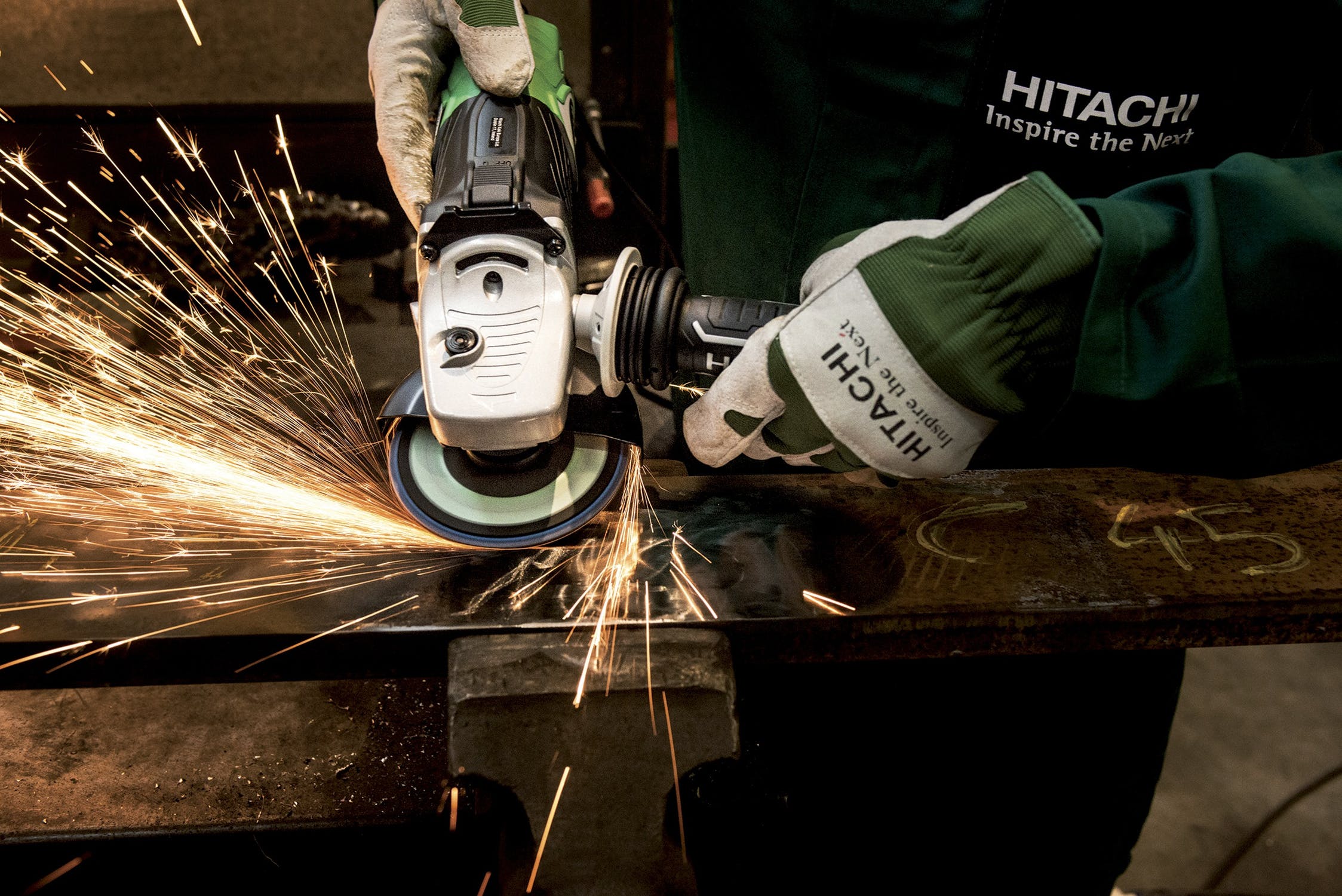
Common Safety Hazards in the Workplace
In the modern workplace, there are many hazards that workers are exposed to on a daily basis. This is why following safety protocols are vitally important to the success and safety of your business. Knowing the most common hazards and educating your employees can help protect them from a bad day on the job.
Electrical Hazards
When performing hot work, your workers will often be exposed to high currents and electricity. Make sure that all exposed wires and cable are out of reach, labeled, and protected. There should not be open wires with current if it is not necessary. Eliminating the risk of electrocution is a mandatory step in any safety protocol. Never overload an outlet, only use approved equipment, do not use electrical equipment or appliances near water or wet surfaces, and inspect cords and equipment regularly. You should also not run electrical cords through public/pedestrian areas unless there is proper signage. The last thing you want is a slip-and-fall lawsuit due to improper precautionary measures.
Chemical Hazards
When using dangerous solutions or chemicals, there are a few measures that employees need to take. If working with a chemical that has hazardous fumes, proper air flow and ventilation should be a priority. A standard operating procedure (SOP) should address the safe use and handling, proper disposal, and proper equipment required to perform a work function safely. SDS sheets for chemicals are also extremely important. Everything in a chemical storeroom should be properly secured and labeled to prevent spills and confusion.
Fire
With any type of hot-work or electrical work, your employees should be trained on the protocol in the event that a fire breaks out. Knowing what to do in case of a fire can be the difference between life and death. Evacuation plans, prevention, and the location of fire extinguishers should be well-known information among all of your employees.

Confined Spaces
Lock out and tag out procedures are incredibly important and can save lives. Assessing a confined space and determining the proper safety protocol is necessary. Many of these spaces are not designed for prolonged periods of human interaction and can include vaults, pits, manholes, tunnels, equipment housings, ductwork, pipelines, tanks, and vessels. A confined space, as defined by OSHA, can include: contains or has the potential to contain a hazardous atmosphere; contains material that has the potential to engulf an entrant; has walls that converge inward or floors that slope downward and taper into a smaller area which could trap or asphyxiate an entrant; or contains any other recognized safety or health hazard, such as unguarded machinery, exposed live wires, or heat stress.
Work Permit Data Solution
The SafetySense Management System is a user friendly, secure, easy-to-use cloud-based application which allows for the client and their contractors to have access to work permit data without compromising data integrity. Let SafetySense Management work for you in handling the job of training records management, data repository for: Lockout/Tagout, SDS, Rescue Pre-plans, Permit Issuance / Archiving Work related permits (CS, hot-work, LOTO), Work place hazards (atmospheric, trips & falls), Atmospheric monitoring data repository and much, much more.









